Home>Technology>Smart Home Devices>What Printer Can Be Used For DTF
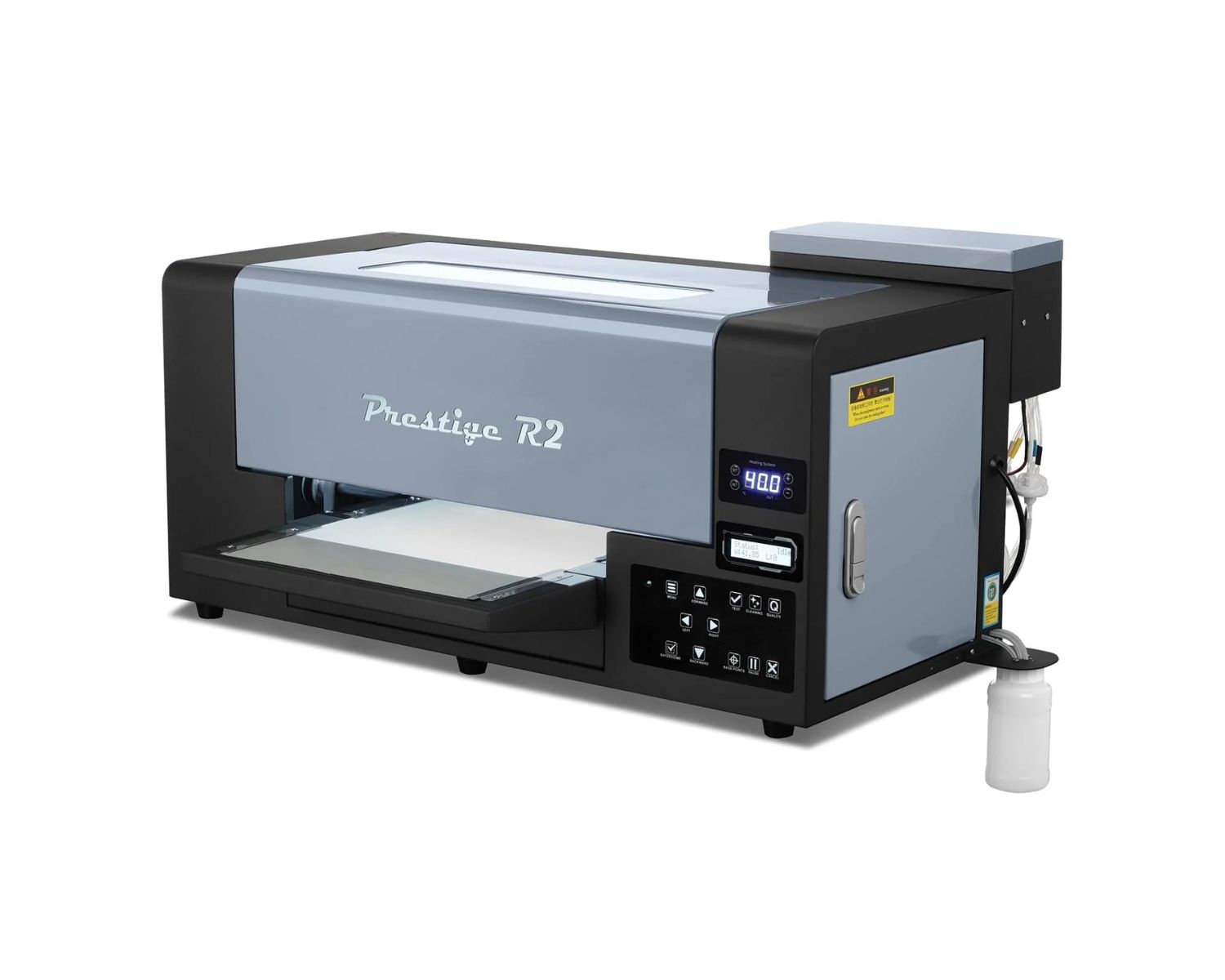

Smart Home Devices
What Printer Can Be Used For DTF
Modified: February 18, 2024
Looking for a printer for DTF printing? Explore our guide on the best smart home devices that can be used for DTF printing to achieve high-quality results. Discover the top options for your printing needs.
(Many of the links in this article redirect to a specific reviewed product. Your purchase of these products through affiliate links helps to generate commission for Storables.com, at no extra cost. Learn more)
**
Introduction
**
Welcome to the world of direct-to-film (DTF) printing, where the fusion of cutting-edge technology and artistic expression opens up a realm of endless creative possibilities. DTF printing has revolutionized the way designs are transferred onto various substrates, offering a versatile and efficient approach for businesses and individuals alike. In this article, we will delve into the realm of DTF printing and explore the types of printers that are best suited for this innovative process.
DTF printing has gained immense popularity due to its ability to produce vibrant and durable prints on a wide range of materials, including garments, accessories, and promotional items. Whether you are a seasoned professional seeking to expand your printing capabilities or an enthusiast eager to explore the boundless potential of DTF technology, understanding the intricacies of this printing method is essential.
In the following sections, we will take a closer look at the different types of printers that are compatible with DTF printing, focusing on inkjet and laser printers. By examining the unique features and benefits of each type, we aim to provide valuable insights to help you make informed decisions when selecting a printer for your DTF printing needs.
Join us on this enlightening journey through the realm of DTF printing, where innovation and creativity converge to redefine the art of printing. Let's embark on a captivating exploration of the printers that can bring your DTF printing endeavors to life!
**
Key Takeaways:
- DTF printing revolutionizes design transfer onto various materials, offering vibrant and durable prints. Inkjet and laser printers cater to diverse printing needs, empowering users to unleash their creativity with exceptional results.
- Inkjet printers excel in color accuracy and versatility, while laser printers offer speed and efficiency. Understanding their unique features helps individuals and businesses make informed decisions for optimal DTF printing outcomes.
Read more: What Is A DTF Printer
Understanding DTF Printing
Before delving into the realm of printers suitable for DTF printing, it is essential to grasp the fundamental principles of this innovative printing process. DTF, which stands for direct-to-film, is a cutting-edge method that enables the transfer of designs from a special film onto various substrates, such as garments, textiles, and promotional items. This technique offers exceptional versatility, allowing for high-quality prints on a diverse array of materials.
The DTF process begins with the creation of a design on a computer, which is then printed onto a specialized film using a compatible printer. The printed film serves as the transfer medium, carrying the design to the target substrate. Once the film is prepared, it is carefully placed onto the substrate, and the combination is subjected to heat and pressure using a heat press machine. This heat activates the adhesive layer on the film, causing the design to adhere firmly to the substrate, resulting in a vibrant and long-lasting print.
One of the key advantages of DTF printing is its ability to produce intricate and detailed designs with remarkable clarity and color accuracy. The process allows for the creation of multi-colored prints with smooth gradients and fine details, making it an ideal choice for reproducing complex artwork and photographic images. Additionally, DTF prints exhibit excellent durability, retaining their visual appeal even after numerous wash cycles, making them highly suitable for creating custom apparel and merchandise.
Furthermore, DTF printing offers exceptional flexibility in terms of substrate compatibility, enabling the application of designs on diverse materials, including cotton, polyester, blends, and even hard surfaces such as wood and metal. This versatility makes DTF an attractive option for businesses and individuals seeking to customize a wide range of products with captivating designs.
By understanding the intricacies of DTF printing, individuals can harness the full potential of this innovative technique to unleash their creativity and bring their unique designs to life. With a solid grasp of the underlying principles, it becomes evident that the choice of printer plays a pivotal role in achieving optimal results in DTF printing endeavors.
As we venture deeper into the world of DTF printing, let us explore the specific types of printers that are well-suited for this dynamic and versatile process, shedding light on their distinct capabilities and advantages.
**
Types of Printers for DTF
When venturing into the realm of DTF printing, selecting the right printer is a crucial decision that significantly impacts the quality and efficiency of the printing process. Two primary types of printers, inkjet and laser, have garnered attention for their compatibility with DTF printing, each offering distinct features and benefits that cater to diverse printing requirements.
Inkjet Printers
Inkjet printers are renowned for their exceptional versatility and ability to produce high-quality prints with vivid colors and fine details. These printers utilize microscopic droplets of ink to create precise and vibrant images, making them well-suited for DTF printing applications. With the advancements in inkjet technology, modern inkjet printers are capable of delivering impressive color accuracy and resolution, ensuring that designs are faithfully reproduced on the DTF film.
One of the key advantages of inkjet printers for DTF printing is their compatibility with a wide range of ink formulations, including dye-based and pigment-based inks. This versatility allows users to select the most suitable ink type based on the specific requirements of the intended prints, whether it involves producing vibrant designs on fabric or achieving exceptional durability for wash-resistant applications.
Laser Printers
Laser printers are revered for their exceptional speed and efficiency, making them a compelling choice for DTF printing, particularly in commercial and production environments. These printers utilize advanced laser technology to create precise and consistent prints with remarkable clarity and sharpness. Laser printers are known for their ability to handle high-volume printing tasks with ease, making them ideal for businesses and individuals with demanding printing needs.
Additionally, laser printers excel in producing monochrome and text-based prints with exceptional precision, making them suitable for applications that require sharp and well-defined outlines. While laser printers traditionally focused on monochrome printing, color laser printers have become increasingly prevalent, offering vibrant color reproduction and enhanced versatility for DTF printing requirements.
By understanding the unique characteristics of inkjet and laser printers, individuals and businesses can make informed decisions when selecting a printer for their DTF printing endeavors. The distinct capabilities of each printer type cater to diverse printing preferences, allowing users to align their choice with their specific requirements and production goals.
In the subsequent sections, we will delve deeper into the features and considerations associated with inkjet and laser printers for DTF printing, shedding light on the factors that influence the selection process and the overall printing outcomes.
**
Inkjet Printers
Inkjet printers have established themselves as a popular choice for DTF printing due to their exceptional versatility and ability to deliver high-quality prints with remarkable color accuracy and detail. These printers operate by propelling tiny droplets of ink onto the printing surface, resulting in precise and vibrant images that are well-suited for the DTF printing process.
One of the key advantages of inkjet printers for DTF printing lies in their capability to accommodate a diverse range of ink formulations, including dye-based and pigment-based inks. Dye-based inks are renowned for their ability to produce vibrant and saturated colors, making them ideal for applications that prioritize visual impact and color vibrancy. On the other hand, pigment-based inks offer exceptional durability and resistance to fading, ensuring that prints maintain their visual appeal over extended periods, even after exposure to environmental factors and laundering.
Modern inkjet printers are equipped with advanced printhead technology that facilitates precise ink deposition, resulting in prints with exceptional clarity and sharpness. The high resolution and color accuracy achieved by inkjet printers make them an ideal choice for reproducing intricate designs, photographic images, and detailed artwork on DTF films, enabling users to achieve stunning results that captivate attention.
Furthermore, the compatibility of inkjet printers with a wide range of substrates, including textiles, garments, and promotional items, enhances their appeal for DTF printing applications. Whether the objective is to create custom apparel, personalized accessories, or vibrant promotional merchandise, inkjet printers offer the flexibility to bring diverse designs to life on an array of materials, catering to the dynamic needs of businesses and individuals alike.
By leveraging the capabilities of inkjet printers, users can embark on a creative journey to produce captivating and durable prints through the DTF process. The versatility, color vibrancy, and exceptional detail reproduction offered by inkjet printers empower individuals to explore new dimensions of design expression, elevating their printing endeavors to new heights of visual excellence.
In the subsequent section, we will explore the unique advantages and considerations associated with laser printers for DTF printing, shedding light on their distinct capabilities and the factors that influence their suitability for diverse printing requirements.
**
When choosing a printer for DTF (Direct to Film) printing, look for a model with a high resolution and the ability to handle specialty inks. Make sure it is compatible with DTF transfer films for best results.
Laser Printers
Laser printers have garnered significant attention in the realm of DTF printing, owing to their exceptional speed, precision, and efficiency in producing high-quality prints with remarkable clarity and sharpness. These printers utilize advanced laser technology to create precise and consistent prints, making them a compelling choice for businesses and individuals with demanding printing needs.
One of the key advantages of laser printers for DTF printing lies in their ability to handle high-volume printing tasks with ease, making them well-suited for commercial and production environments where efficiency and productivity are paramount. Laser printers excel in delivering consistent and reliable prints, ensuring that designs are reproduced with exceptional precision, making them an ideal choice for applications that require sharp and well-defined outlines.
While laser printers have traditionally been associated with monochrome printing, the emergence of color laser printers has expanded their versatility, offering vibrant color reproduction and enhanced capabilities for DTF printing requirements. Color laser printers are capable of producing vivid and accurate color prints, catering to a diverse range of design applications that demand striking visual impact and color vibrancy.
Furthermore, laser printers are renowned for their ability to produce text-based prints with exceptional clarity and sharpness, making them suitable for applications that involve typography, logos, and other text-centric designs. The precise and consistent output achieved by laser printers enhances the legibility and visual appeal of text-based elements, ensuring that the intended message is conveyed with utmost clarity and impact.
Additionally, the efficiency and speed of laser printers make them a compelling choice for businesses and individuals seeking to streamline their DTF printing processes, enabling swift and reliable production of high-quality prints. Whether the objective is to create promotional materials, custom apparel, or personalized merchandise, laser printers offer the performance and precision to meet diverse printing requirements with exceptional results.
By harnessing the capabilities of laser printers, users can elevate their DTF printing endeavors to new levels of efficiency and quality, leveraging the speed, precision, and versatility offered by these advanced printing devices. In the subsequent section, we will compare the unique features and considerations associated with inkjet and laser printers for DTF printing, providing valuable insights to guide the selection process and optimize printing outcomes.
**
Read more: Which Epson Printer Can Be Converted To DTF
Comparison of Inkjet and Laser Printers for DTF
When considering the selection of a printer for DTF printing, comparing the distinctive features and capabilities of inkjet and laser printers is essential to make an informed decision that aligns with specific printing requirements and preferences. Both printer types offer unique advantages and considerations that cater to diverse applications, empowering users to achieve exceptional results in their DTF printing endeavors.
Print Quality and Color Accuracy
Inkjet printers are renowned for their exceptional color accuracy and ability to produce vibrant prints with remarkable detail, making them an ideal choice for applications that prioritize visual impact and intricate designs. The microscopic droplets of ink deposited by inkjet printers result in smooth gradients and precise color reproduction, ensuring that designs are faithfully replicated on the DTF film with outstanding clarity and vibrancy.
On the other hand, laser printers excel in delivering sharp and well-defined prints with exceptional precision, particularly in text-based and monochrome designs. The advanced laser technology employed by these printers ensures consistent and reliable output, making them suitable for applications that require crisp outlines and legible text elements.
Speed and Efficiency
Laser printers are celebrated for their speed and efficiency, making them a compelling choice for high-volume printing tasks in commercial and production environments. The rapid printing capabilities of laser printers enable swift and reliable production of DTF prints, catering to businesses and individuals with demanding printing needs.
Versatility and Substrate Compatibility
Inkjet printers offer exceptional versatility and compatibility with a wide range of substrates, including textiles, garments, and promotional items, allowing users to bring diverse designs to life on various materials. The flexibility of inkjet printers makes them well-suited for applications that involve custom apparel, personalized accessories, and vibrant promotional merchandise.
Cost Considerations
While inkjet printers may require lower initial investments, they may incur higher operational costs due to ink consumption, particularly in high-volume printing scenarios. On the other hand, laser printers are known for their cost-effective operation and efficient use of toner, making them a favorable choice for businesses seeking long-term cost savings in their DTF printing endeavors.
By carefully evaluating the unique features and considerations associated with inkjet and laser printers for DTF printing, users can make informed decisions that align with their specific printing requirements and production goals. Whether the focus is on achieving vibrant color reproduction, maximizing printing efficiency, or optimizing long-term cost-effectiveness, the comparison of inkjet and laser printers provides valuable insights to guide the selection process and enhance the overall printing outcomes.
**
Conclusion
As we conclude our exploration of printers suitable for direct-to-film (DTF) printing, it becomes evident that the choice of printer plays a pivotal role in shaping the quality, efficiency, and versatility of the DTF printing process. Inkjet and laser printers have emerged as prominent contenders, each offering distinct features and benefits that cater to diverse printing requirements, empowering users to achieve exceptional results in their printing endeavors.
The realm of DTF printing encompasses a dynamic fusion of innovation, creativity, and technological prowess, opening up a realm of endless possibilities for businesses and individuals seeking to bring their unique designs to life on a diverse array of substrates. Whether the objective is to create custom apparel, personalized accessories, or vibrant promotional merchandise, the selection of a printer tailored to specific printing preferences and production goals is crucial in realizing the full potential of DTF printing.
By understanding the fundamental principles of DTF printing and delving into the unique capabilities of inkjet and laser printers, individuals and businesses can make informed decisions that align with their vision for exceptional prints. Whether the focus is on achieving vibrant color accuracy, maximizing printing efficiency, or optimizing long-term cost-effectiveness, the comparison of inkjet and laser printers provides valuable insights to guide the selection process and enhance the overall printing outcomes.
As technology continues to advance and printing capabilities evolve, the landscape of DTF printing is poised for further innovation and expansion, offering new avenues for creative expression and customization. The convergence of cutting-edge printing technology and artistic ingenuity continues to redefine the art of printing, empowering individuals to unleash their creativity and bring captivating designs to life through the remarkable process of DTF printing.
With a solid grasp of the unique features and considerations associated with inkjet and laser printers for DTF printing, individuals and businesses are equipped to embark on a captivating journey of design expression, harnessing the power of advanced printing devices to elevate their printing endeavors to new heights of visual excellence.
Embrace the boundless potential of DTF printing, where innovation, creativity, and technology converge to transform designs into captivating realities, inspiring awe and admiration with each vibrant and durable print.
Frequently Asked Questions about What Printer Can Be Used For DTF
Was this page helpful?
At Storables.com, we guarantee accurate and reliable information. Our content, validated by Expert Board Contributors, is crafted following stringent Editorial Policies. We're committed to providing you with well-researched, expert-backed insights for all your informational needs.
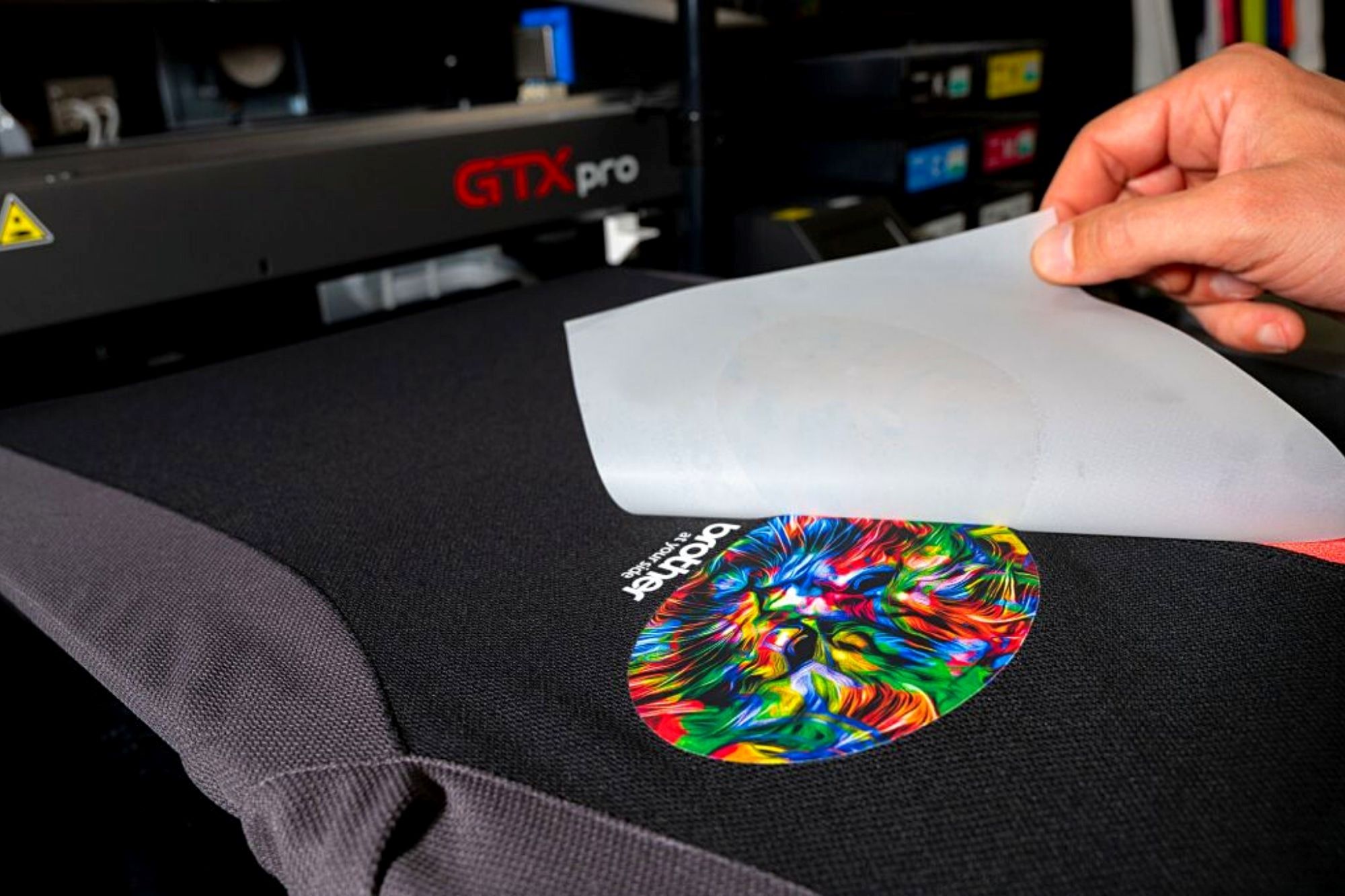
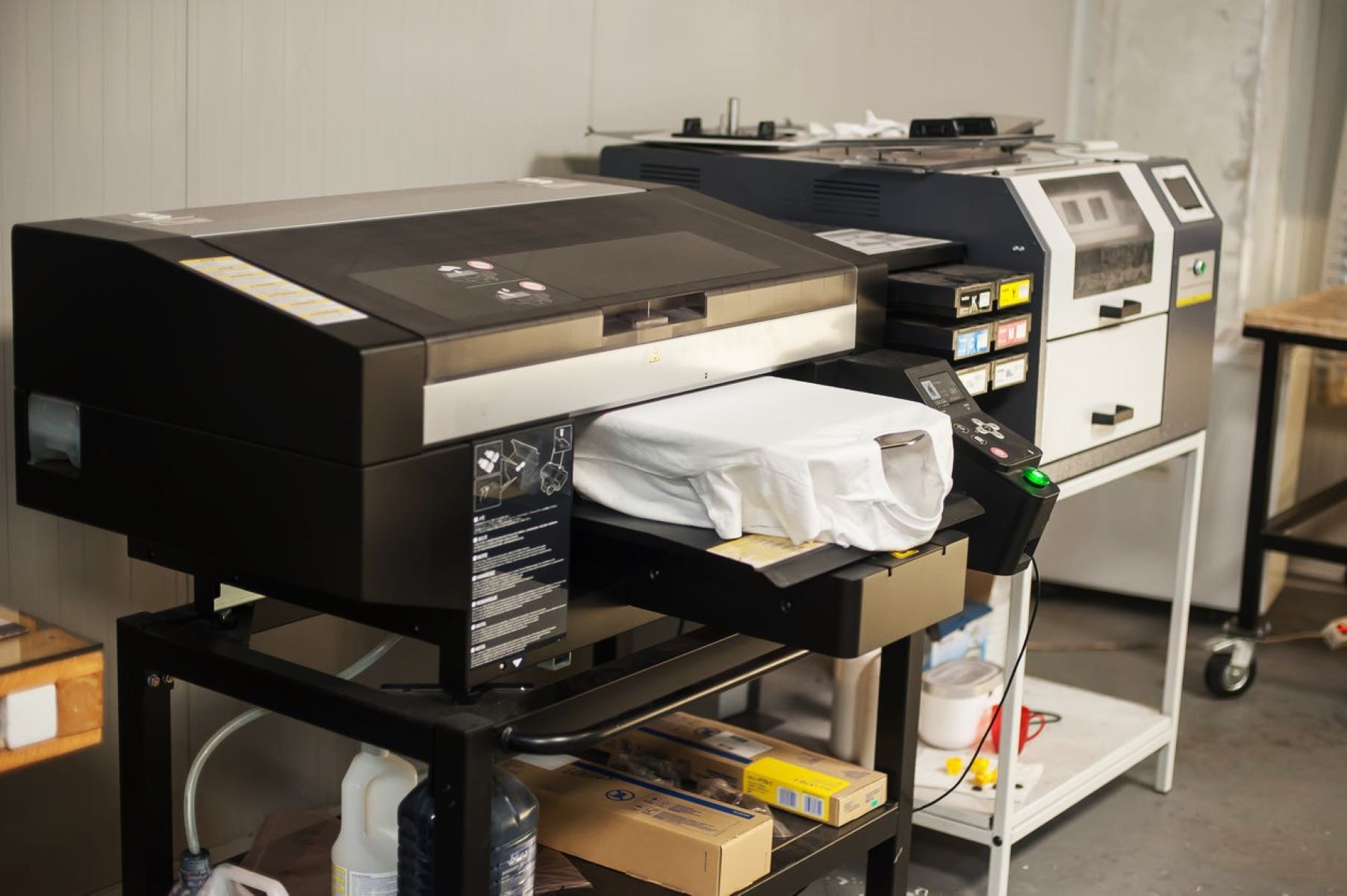
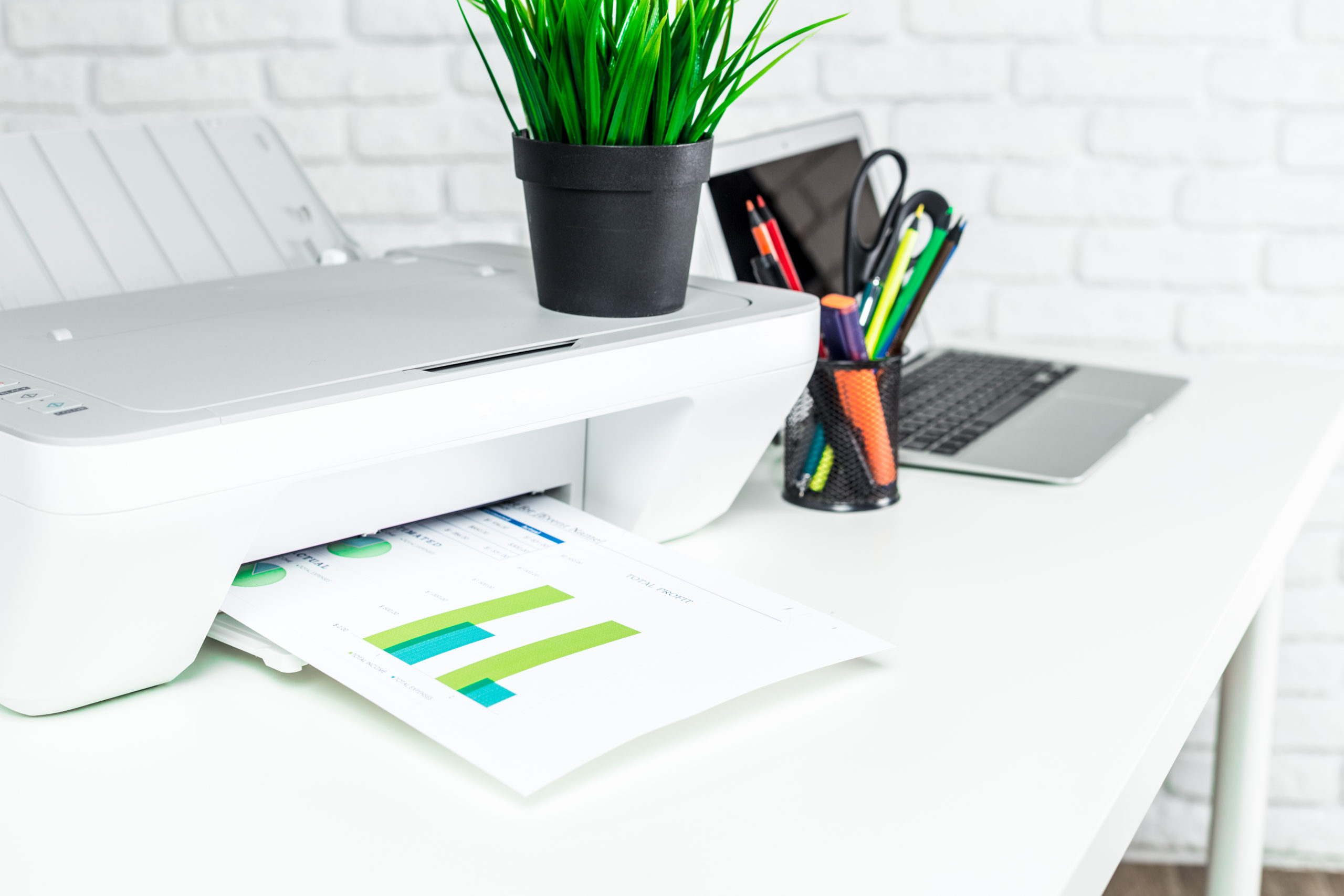
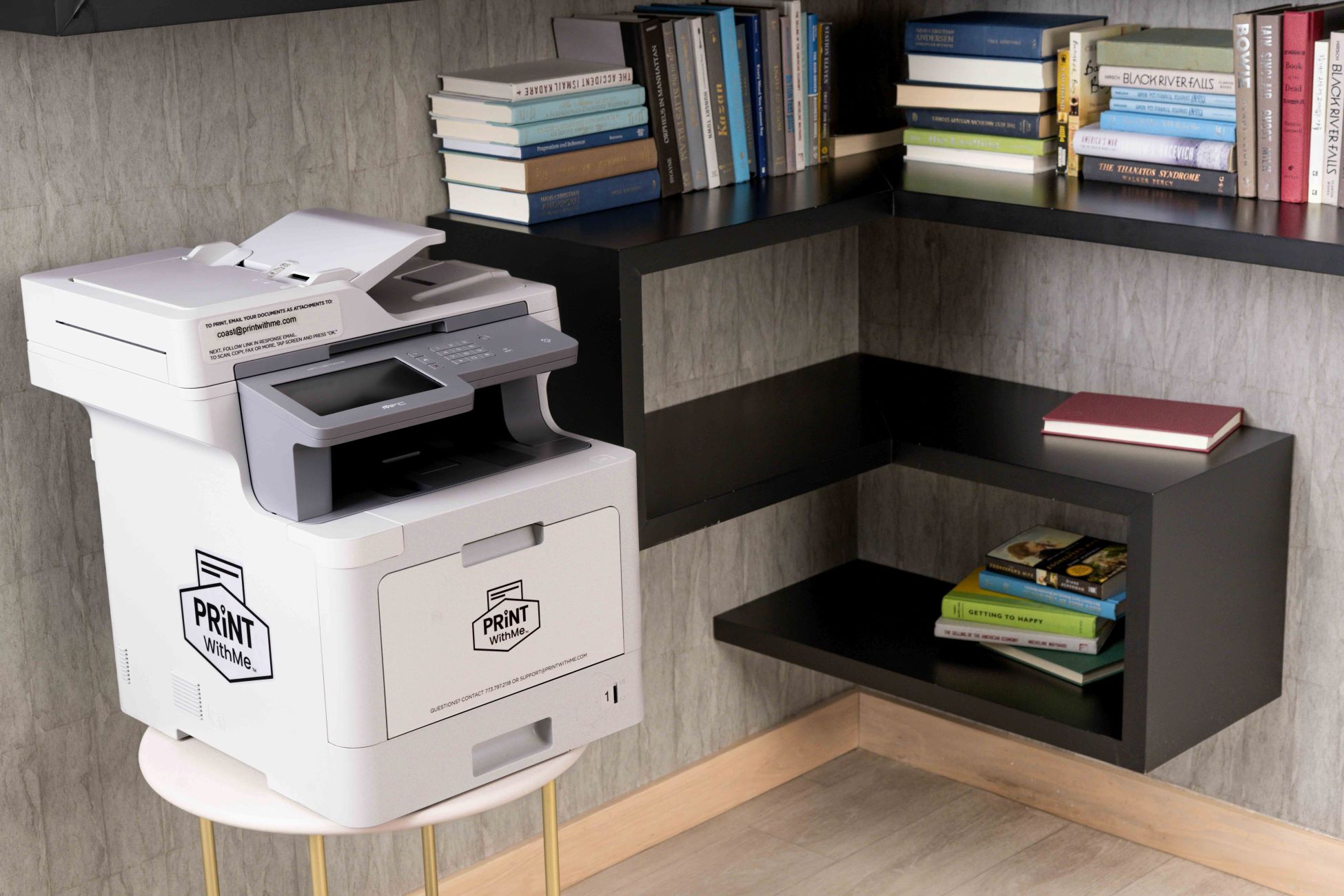

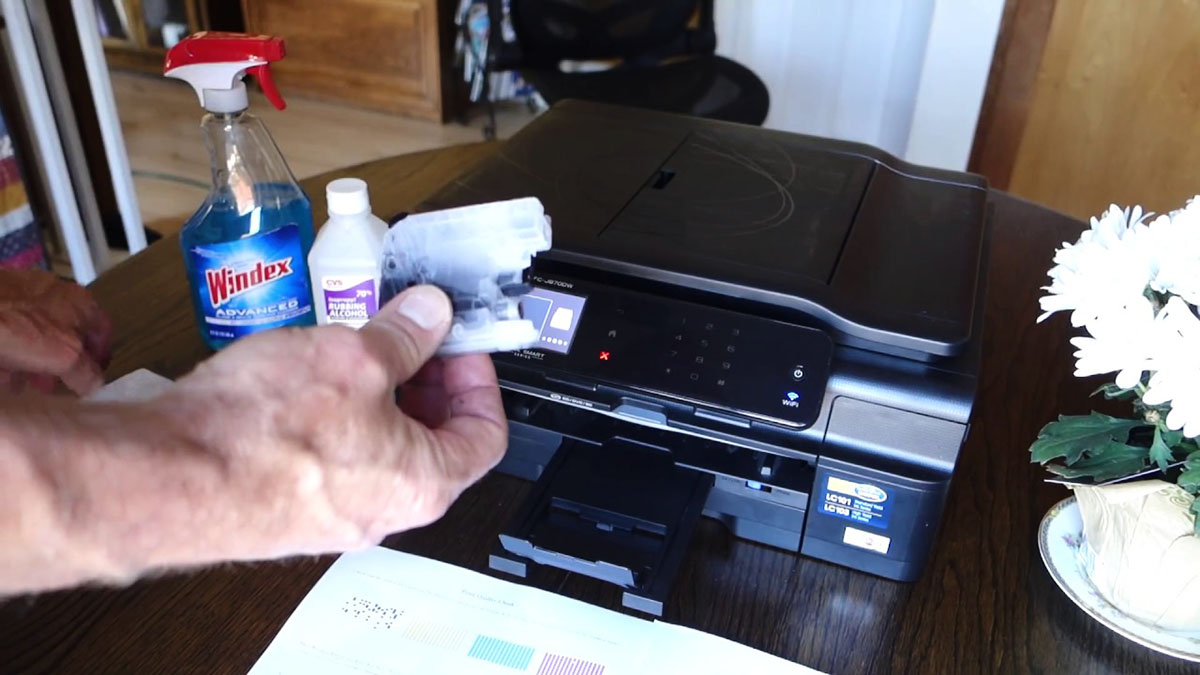
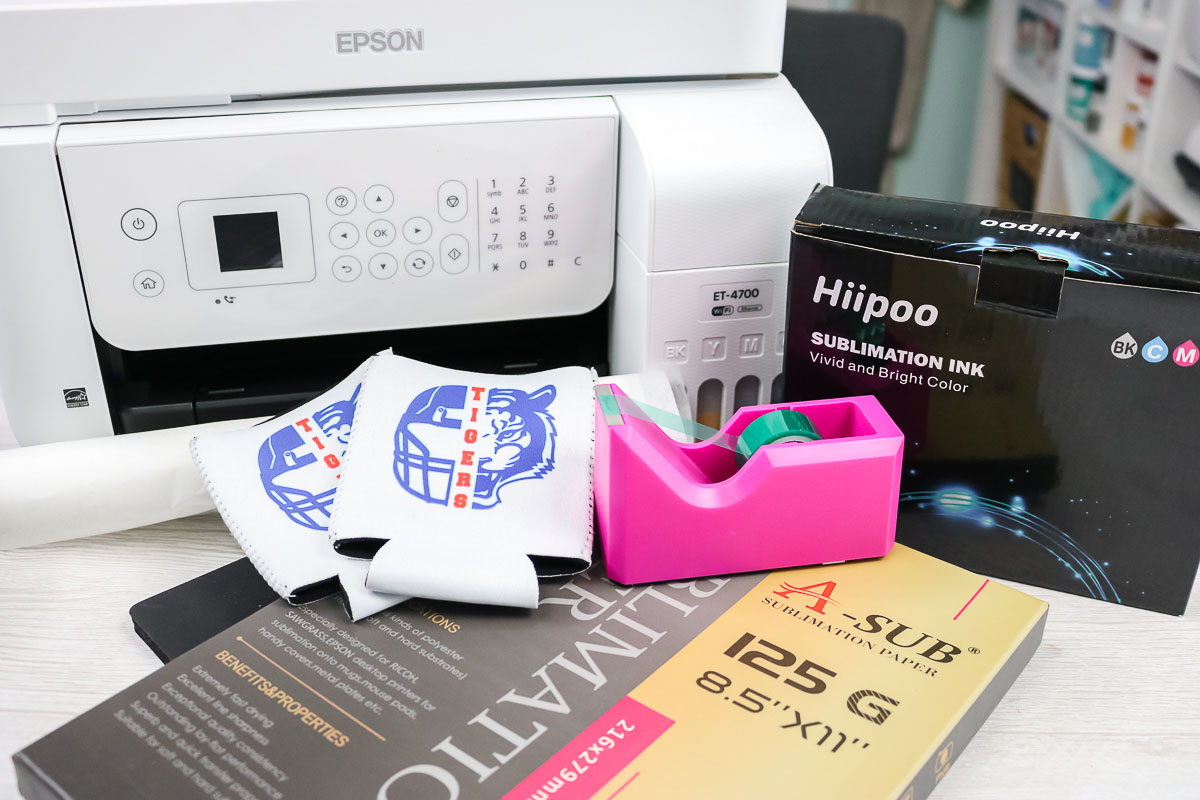
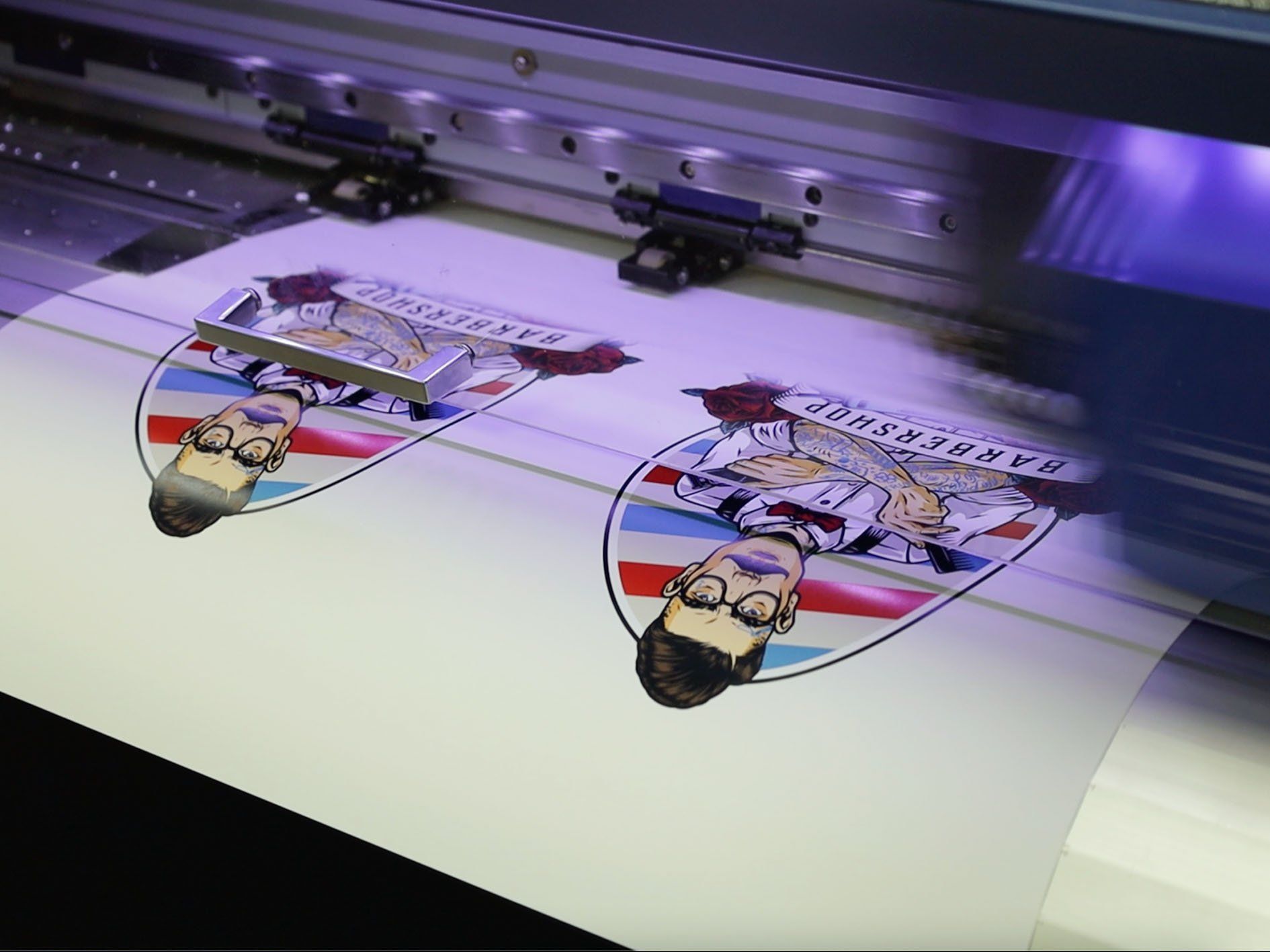
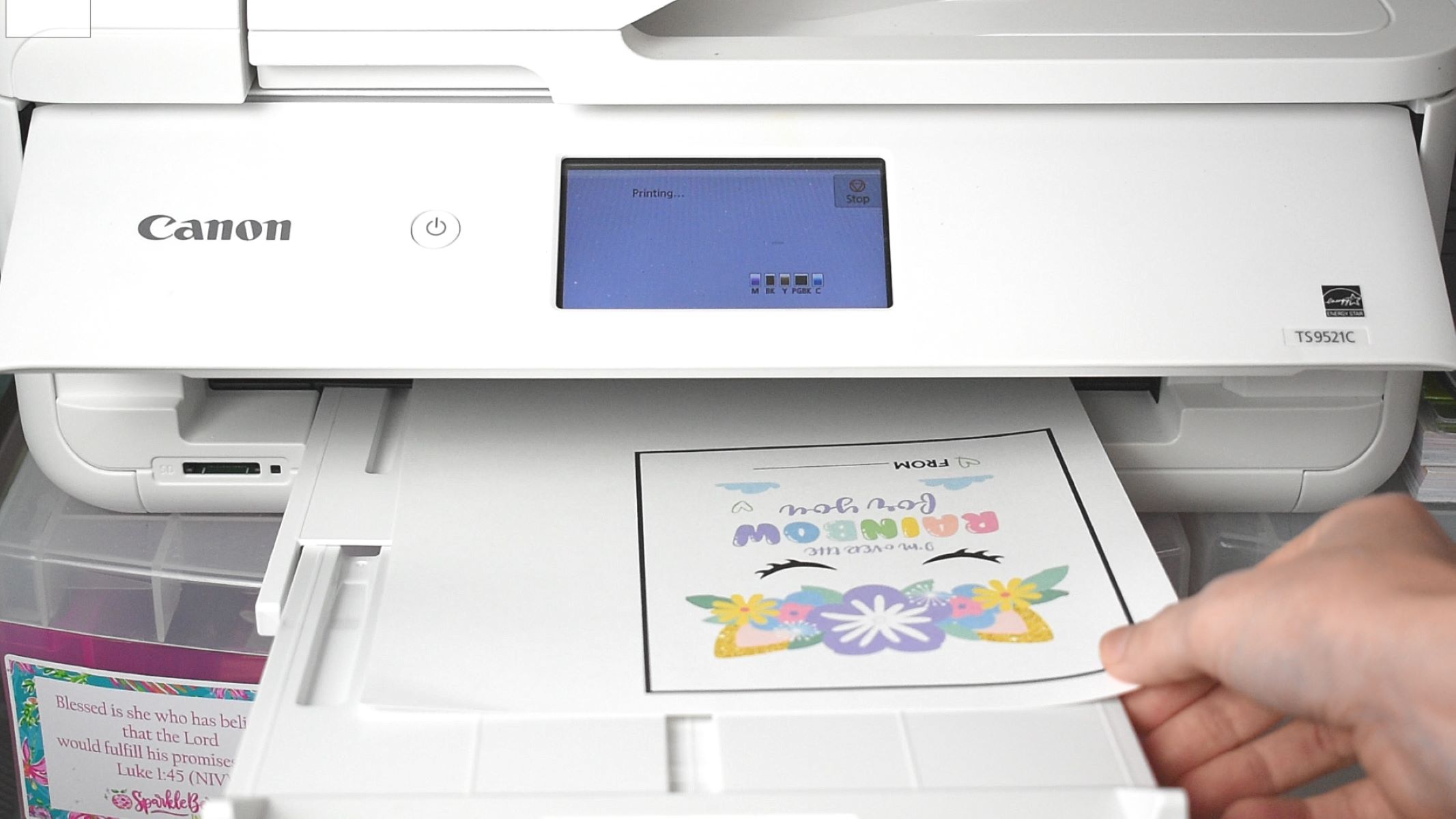
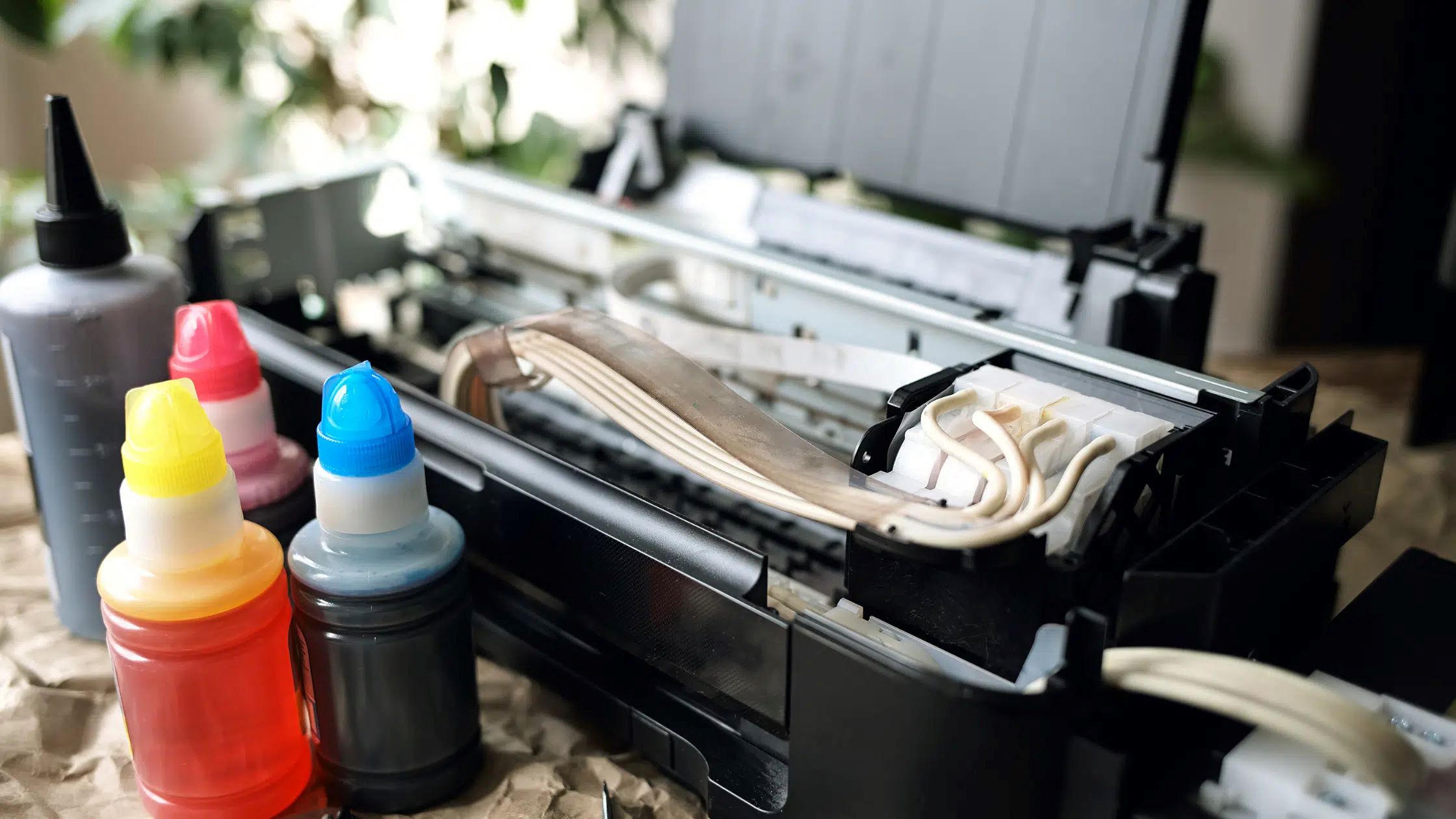
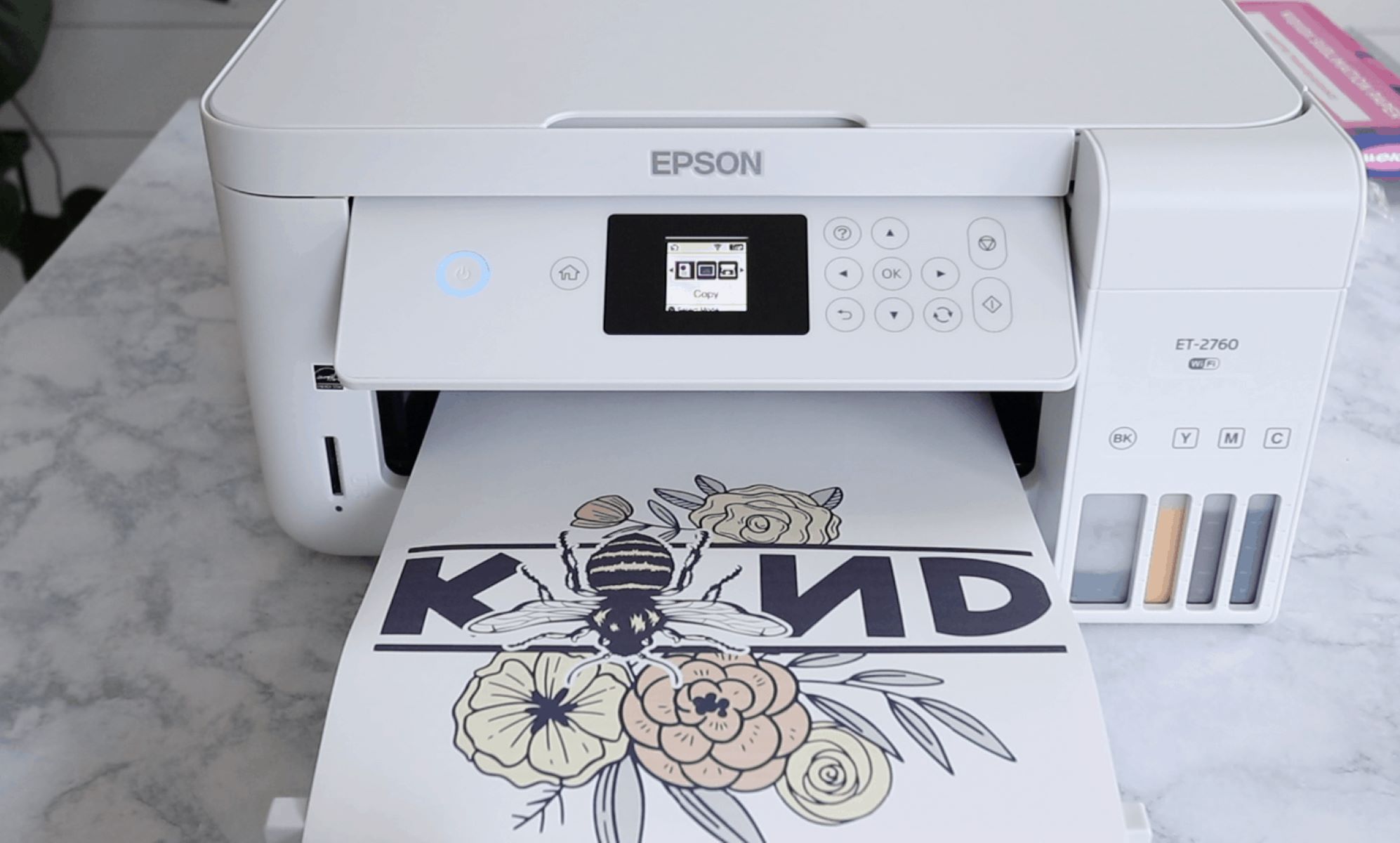




0 thoughts on “What Printer Can Be Used For DTF”